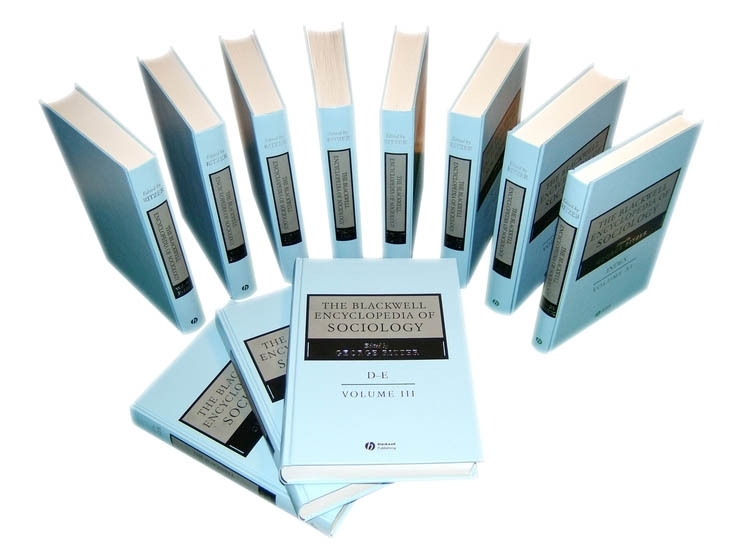Family Structure and Poverty in the United States
Abstract
US households have become increasingly complex as a result of declines in marriage, increasing cohabitation, high rates of divorce and remarriage, and growing shares of nonmarital births. Changes in family structure have placed women and children at greater risk of poverty. Research on changing family structure and poverty has a long history of research tradition, dating back to the Moynihan Report of the 1960s, when black families were characterized as a “tangle of pathology.” Today, the debate about the role of changing role of family structure often centers on government policies, including welfare reform and healthy marriage initiatives, which view marriage as an economic panacea. The interpretative problems, which are examined here, typically center on whether poverty is a cause or consequence of changes in US family patterns. The research suggests alternative theoretical and empirical approaches to the study of families as an important axis of economic differentiation during the current period of growing inequality in earnings and family income.



